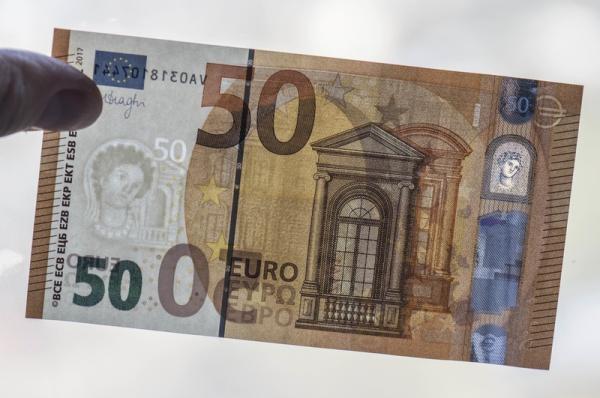Investing.com’s stocks of the week
Investing.com - The euro fell to the day’s lows on Tuesday amid fresh fears over political developments in Italy, while the Canadian dollar dropped to two-month lows amid fresh trade concerns and oil price declines.
EUR/USD was down 0.32% to 1.1660 by 10:37 AM ET (14:37 GMT), from 1.1717 earlier.
The single currency was pressured lower after a speech by the prime minister of Italy’s new populist government raised the prospect of clashes with the European Union over economic policy.
The euro was also lower against the yen, with EUR/JPY down 0.34% to 128.00.
The dollar was little changed against the Japanese currency, with USD/JPY at 109.80, extending its recovery from a five week low of 108.10 set last Tuesday.
Demand for the dollar continued to be underpinned after strong U.S. employment data on Friday cemented expectations for a June rate hike by the Federal Reserve and revived expectations for a fourth rate hike this year.
The Fed is widely expected to raise interest rates at its upcoming meeting next week, following on from its last rate hike in March.
Data on Tuesday showed that the rate of growth in the U.S. economy's service sector accelerated again in May, adding to optimism over business conditions.
The greenback rose to its highest level in two months against the Canadian dollar, with USD/CAD advancing 0.82% to 1.3039.
The loonie was hit following reports that U.S. President Donald Trump is considering a shift in the negotiations on the North American Free Trade Agreement, to separate talks with Mexico and Canada.
The commodity linked Canadian dollar was also pressured lower by falling oil prices.
Oil prices weakened after reports that the U.S. has asked Saudi Arabia and some other OPEC producers to increase oil production.
The U.S. dollar index, which measures the greenback’s strength against a basket of six major currencies, was up 0.24% to 94.25.
The pound was slightly higher against the dollar, with GBP/USD last at 1.3340 after rising as high as 1.3392 earlier.
Sterling was boosted by data indicating that the British economy is showing signs of recovering from its recent slowdown triggered by bad weather, reviving expectations that the Bank of England might raise interest rates in August.
Elsewhere, the Mexican peso fell to 15-month lows against the U.S. dollar after the central American country confirmed that it will impose retaliatory tariffs against U.S. imports.
USD/MXN hit a high of 20.45, the strongest level since February 2017 and was last at 20.39
